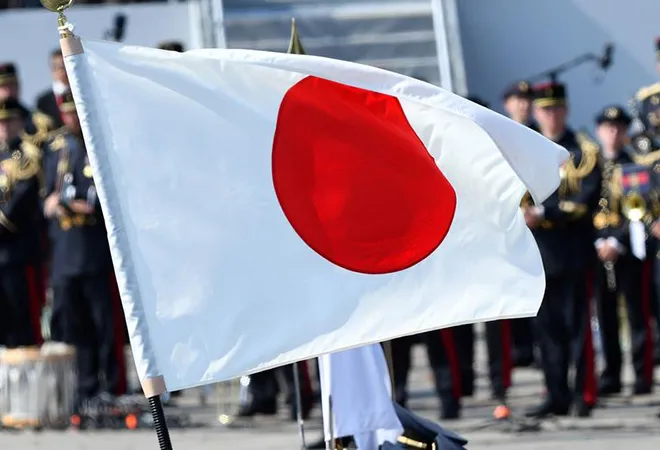-
CENTRES
Progammes & Centres
Location
Increasingly, many countries that have traditionally maintained a defensive and pacifist posture, like Japan, are having to reconsider their options.

One of the notable features of the strategy document is Japan’s focus on counterstrike capabilities. Given the accelerated growth of missile tests and the “dramatic advancements in missile-related technologies including hypersonic weapons,” Tokyo acknowledges the urgent need to step up its missile defense capabilities “by continuing to develop technologies that bring the ability to deal with missiles with irregular trajectories.” Japan considers that “missile attacks against Japan have become a palpable threat.” But Tokyo believes that continued reliance on ballistic missile defenses alone cannot prevent the missile threats facing Japan and hence there is an emphatic focus on deterrence through counterstrike capabilities. The strategy document says that Japan will develop the ability “to mount effective counterstrikes against the opponent to prevent further attacks while defending against incoming missiles using the missile defense network.” These, the document notes, will enable Japan to mount effective counterstrikes against the opponent’s territory. Counterstrikes are done as a minimum necessary measure for self-defense and in accordance with the “Three New Conditions for Use of Force.” Based on its National Security Strategy, Japan also released a National Defense Strategy, which spells out the defense capability requirements that Japan needs to put in place to deter its adversaries and also make it costly for them so that adversaries do not pursue the path of invasion. While Japan foresees significant reinforced defense capability across several domains, the National Defense Strategy also identifies the counterstrike capability requirement as critical in the face of the growing missile and missile-related technological developments. But in an effort at rejecting some of the possible criticisms in this regard, the Defense Strategy clarifies that the new counterstrike capabilities that Japan seeks to have “fall within the purview of Japan’s Constitution and international law; they do not change Japan’s exclusively defense-oriented policy; and, they will be used only when the above-mentioned Three New Conditions are fulfilled. Needless to say, preemptive strikes, namely striking first at a stage when no armed attack has occurred, remain impermissible.” Following the release of Japan’s strategy documents, a couple of days ago, South Korea announced a new strategy document, outlining Seoul’s Indo-Pacific strategy. With the strategic dynamics in the Indo-Pacific changing rapidly, more countries will likely come out to endorse the Indo-Pacific formulation as well as develop their own Indo-Pacific strategies.Given the rapidly changing security environment for Japan, Tokyo has decided to develop a multi-pronged capability development, from diplomatic and defense to economic, technological and intelligence capabilities.
The views expressed above belong to the author(s). ORF research and analyses now available on Telegram! Click here to access our curated content — blogs, longforms and interviews.

Dr Rajeswari (Raji) Pillai Rajagopalan was the Director of the Centre for Security, Strategy and Technology (CSST) at the Observer Research Foundation, New Delhi. Dr ...
Read More +